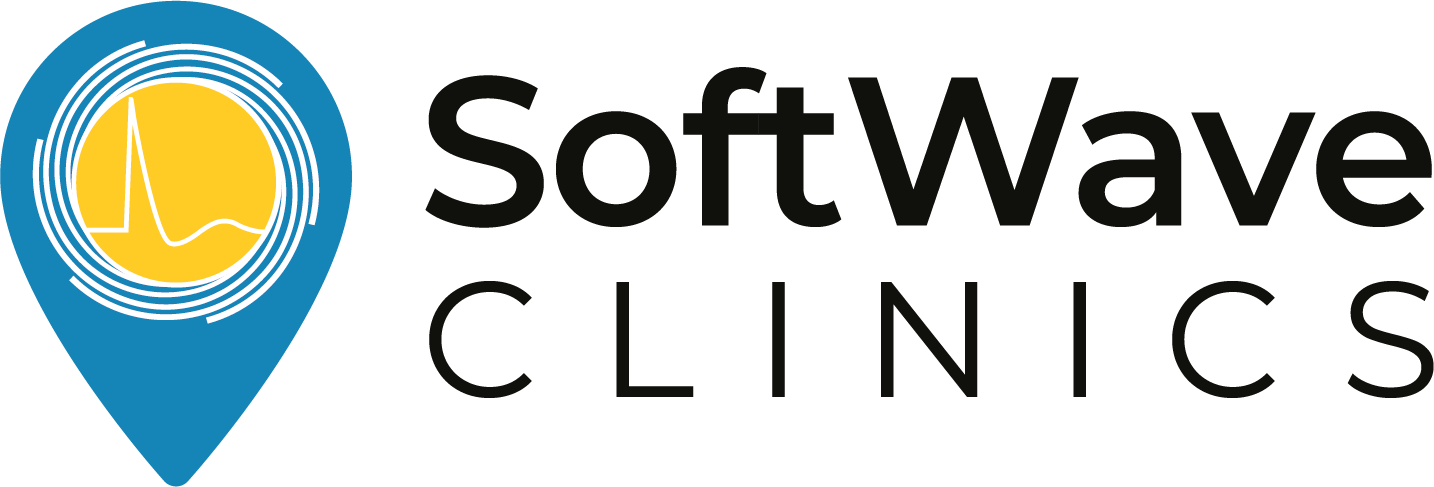Shock Wave for Fracture Healing: A Comprehensive Review
Title of Study: Extracorporeal shock wave therapy: current evidence
Authors: Boris A Zelle, Hans Gollwitzer, Michael Zlodowzki, Volker Bühren
This article presents a comprehensive review and analysis of the effectiveness of extracorporeal shock wave therapy (ESWT) in treating fractures and delayed unions/nonunions, conditions where bones fail to heal adequately after a fracture. The review aims to shed light on the basic science behind ESWT and assess its clinical effectiveness through a systematic examination of existing literature.
The data for this review were meticulously gathered from several sources, including PubMed-MEDLINE, Cochrane databases, and relevant abstracts from 2007 to 2008. The search was confined to articles published in English or German from 1966 until 2008. Additionally, the bibliographies of the identified articles were thoroughly examined to ensure a comprehensive collection of relevant data.
In selecting studies for the review, criteria were set to focus on clinical outcome studies that specifically dealt with ESWT’s role in treating fractures and delayed unions/nonunions. Studies with fewer than 10 patients or those concerning nonunions following corrective osteotomies or arthrodeses were excluded to maintain a clear focus on ESWT’s direct impact on fracture healing.
From the selected articles, key data points were extracted, including sample size, definition of delayed union and nonunion, time from injury to shock wave treatment, fracture location, union rates, and complications. This data synthesis covered 924 patients across 10 studies, all classified as level 4 studies based on evidence quality.
The findings are significant: the overall union rate among patients treated with ESWT was 76%, with a 95% confidence interval ranging from 73% to 79%. Notably, the therapy showed a higher success rate in hypertrophic nonunions (where there is an excessive bone growth response) compared to atrophic nonunions (where there is inadequate bone formation).
In conclusion, the data, primarily from level 4 studies, suggests that ESWT can effectively stimulate the healing process in cases of delayed unions and nonunions. This review positions ESWT as a promising treatment option, potentially revolutionizing the approach to managing complex fracture healing scenarios.
